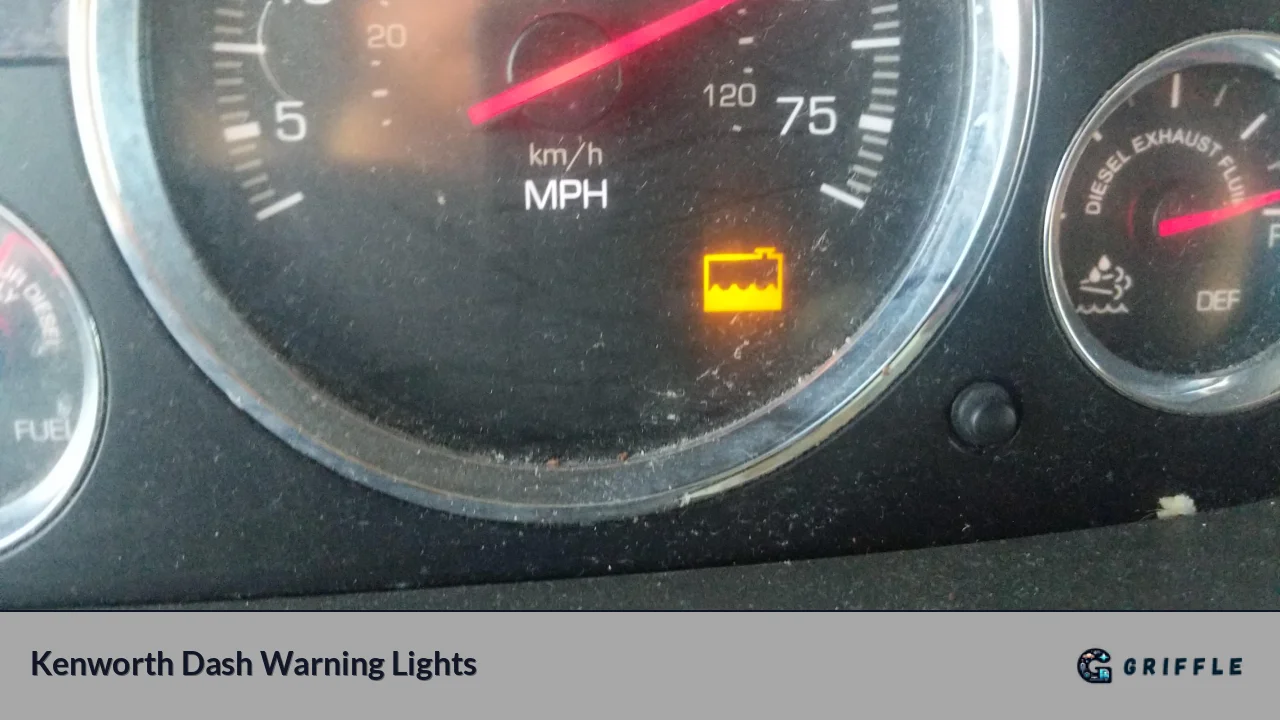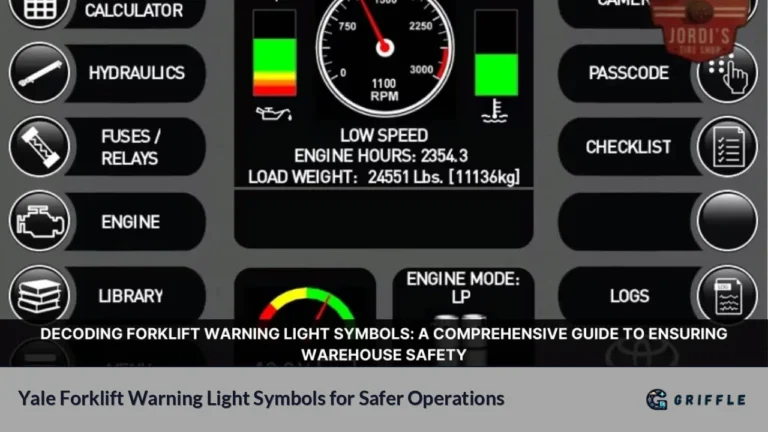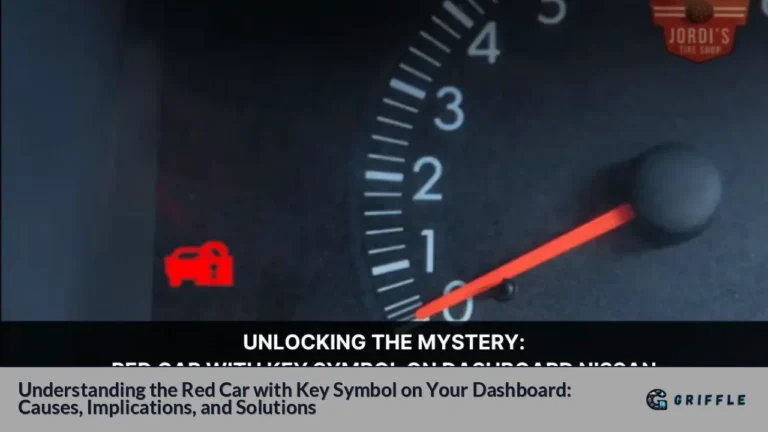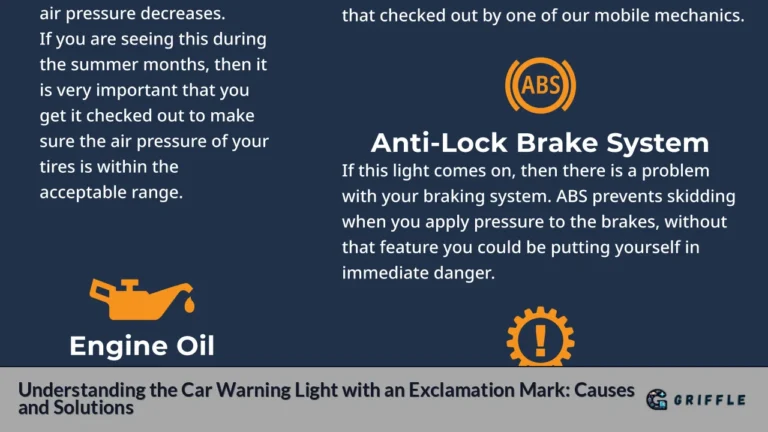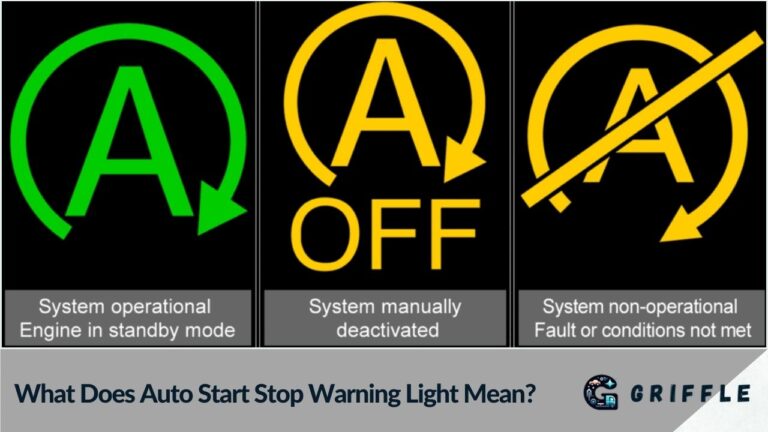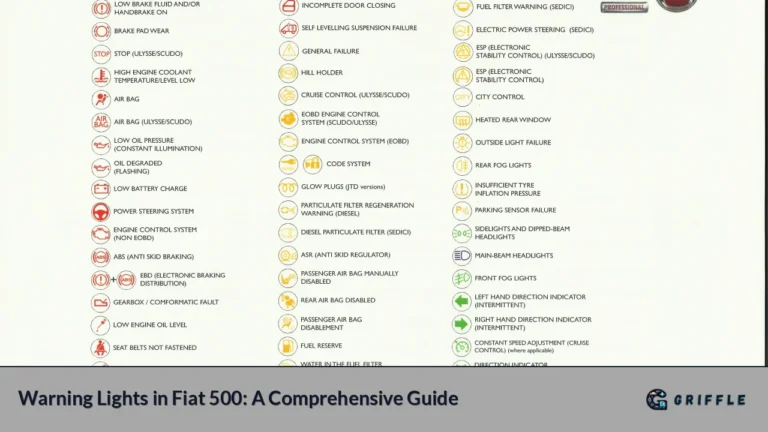Kenworth trucks are renowned for their durability and performance in the commercial trucking industry. However, like any complex machinery, they come equipped with a variety of dashboard warning lights that serve as critical indicators of the vehicle's operational status. Understanding these warning lights is essential for maintaining your truck's performance, ensuring safety, and preventing costly repairs. This article aims to provide an in-depth exploration of Kenworth dash warning lights, their meanings, and what actions drivers should take when they illuminate.
The dashboard of a Kenworth truck is designed to communicate vital information to the driver through various warning lights. These lights can indicate anything from minor issues that require attention to serious problems that could jeopardize the safety and functionality of the vehicle.
In this guide, we will categorize the warning lights, explain their meanings, and outline recommended actions for each type. By familiarizing yourself with these indicators, you can enhance your driving experience and ensure the longevity of your Kenworth truck.
Overview of Kenworth Dash Warning Lights
| Warning Light Color | Meaning | Action Required |
|---|---|---|
| Red | Critical issue (e.g., oil pressure) | Immediate attention required |
| Yellow/Amber | Caution (e.g., low fluid levels) | Monitor and address soon |
| Green | Normal operation | No action needed |
| Blue | System active (e.g., high beams) | No action needed |
Types of Warning Lights
Engine System Warning Lights
Engine system warning lights are crucial for diagnosing potential issues with the engine's performance. Common engine-related indicators include:
- Check Engine Light: This light resembles an engine icon and indicates a malfunction in the engine or emissions system. If this light illuminates, it is essential to have the vehicle diagnosed by a professional as soon as possible.
- Oil Pressure Warning Light: This red light signals low oil pressure, which can lead to severe engine damage if not addressed immediately. Drivers should pull over and check oil levels.
- Coolant Temperature Warning Light: Indicating overheating, this light requires immediate action to prevent engine failure. Pull over and allow the engine to cool down before checking coolant levels.
Brake System Warning Lights
The brake system is vital for safe operation, and its warning lights should never be ignored:
- Brake Warning Light: A red light indicating a significant issue with the braking system. This could be due to low brake fluid or a malfunctioning ABS system.
- Low Air Pressure Light: This light indicates that air pressure in the brake system is below safe levels. Immediate action is required to avoid brake failure.
Electrical System Warning Lights
Electrical system indicators alert drivers to potential issues with the vehicle’s electrical components:
- Battery Charge Warning Light: This symbol indicates that there is a problem with the vehicle's charging system. If this light remains on while driving, it could signify a failing alternator or battery.
- ABS Warning Light: The Anti-lock Braking System (ABS) light indicates a malfunction within the ABS system. It is advisable to have this checked by a technician.
Transmission System Warning Lights
Transmission-related indicators are crucial for maintaining optimal performance:
- Transmission Temperature Light: This yellow light warns that the transmission fluid is overheating. Pull over safely and allow it to cool down before continuing.
- Check Transmission Light: Indicates potential issues within the transmission system that require immediate attention from a professional.
Miscellaneous Warning Lights
Other important indicators include:
- Tire Pressure Monitoring System (TPMS) Light: This light alerts drivers to low tire pressure, which can affect handling and safety. Check tire pressures immediately.
- Fuel Filter Restriction Indicator: Indicates that the fuel filter may be clogged and needs replacement to maintain engine performance.
Troubleshooting Kenworth Dash Warning Lights
When a warning light illuminates on your dashboard, it is essential to take appropriate steps to diagnose and address the issue:
- Identify the Light: Refer to your owner’s manual or dashboard legend to identify the specific warning light.
- Assess Severity: Determine whether the light is red (critical) or yellow/amber (caution). Red lights require immediate action, while yellow lights should be monitored closely.
- Perform Basic Checks:
- For engine-related lights, check oil levels, coolant levels, and any visible leaks.
- For brake warnings, inspect brake fluid levels and ensure no obstructions in brake lines.
- For electrical warnings, verify battery connections and check fuses.
- Seek Professional Help: If you cannot resolve the issue or if multiple warning lights illuminate simultaneously, it is advisable to consult a qualified technician for a thorough diagnosis.
Conclusion
Understanding Kenworth dash warning lights is crucial for every truck driver aiming to maintain their vehicle's performance and safety. By recognizing what each light signifies and taking appropriate action when they illuminate, drivers can avoid severe mechanical failures and costly repairs.
Regular maintenance checks and being proactive about addressing warning lights will not only enhance your driving experience but also extend the lifespan of your Kenworth truck. Always refer to your owner's manual for specific details related to your model's dashboard indicators.
FAQs
- What does it mean if my check engine light comes on?
It indicates a potential issue with your engine or emissions system; you should have it diagnosed promptly. - How serious is a low oil pressure warning?
This is critical; low oil pressure can lead to severe engine damage if not addressed immediately. - What should I do if my brake warning light illuminates?
Check your brake fluid level and inspect for any malfunctions; seek professional help if necessary. - What does a flashing ABS light indicate?
It signifies a malfunction in the Anti-lock Braking System; have it checked by a technician. - How can I prevent dashboard warning lights from appearing?
Regular maintenance checks and monitoring fluid levels can help prevent many common issues.
